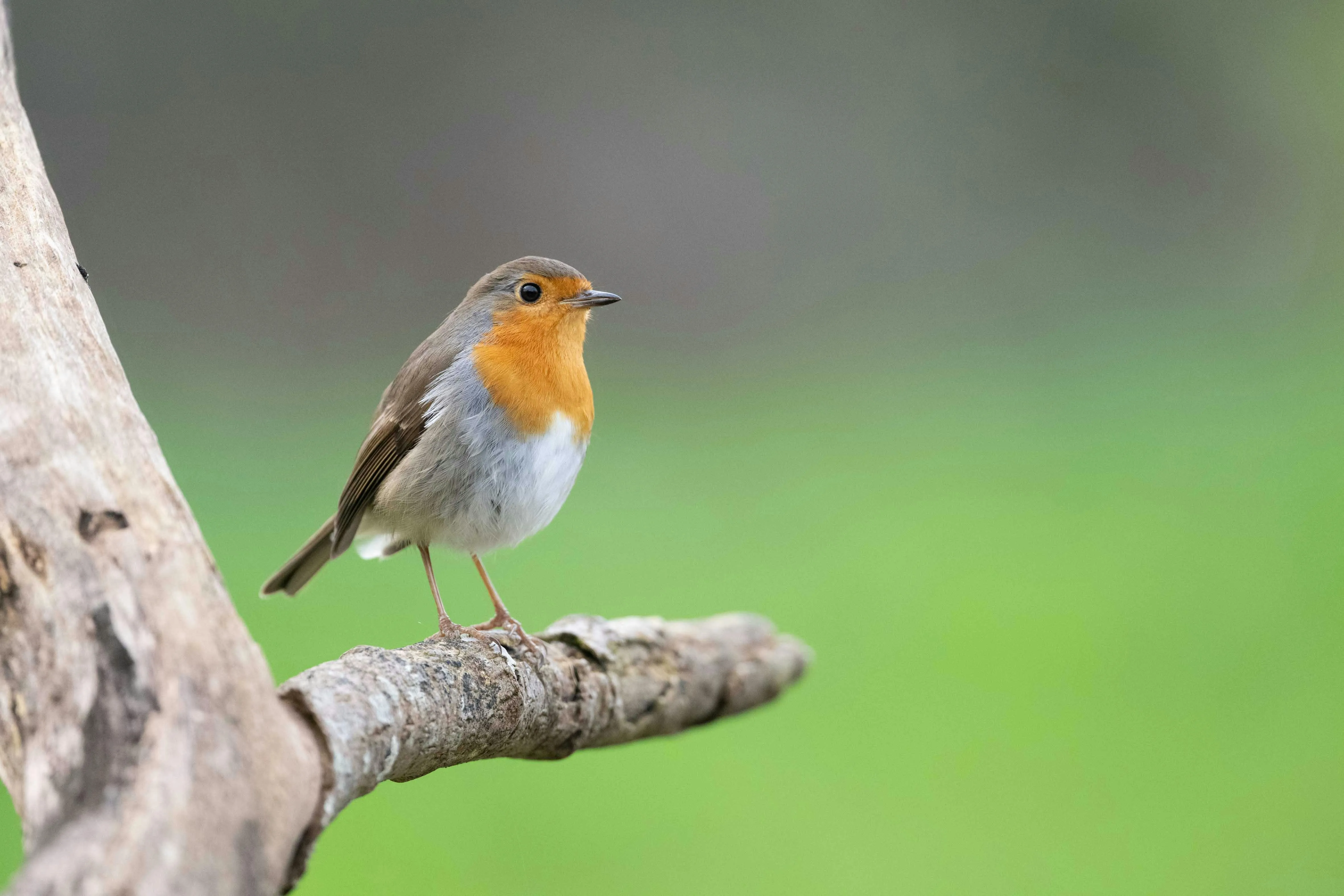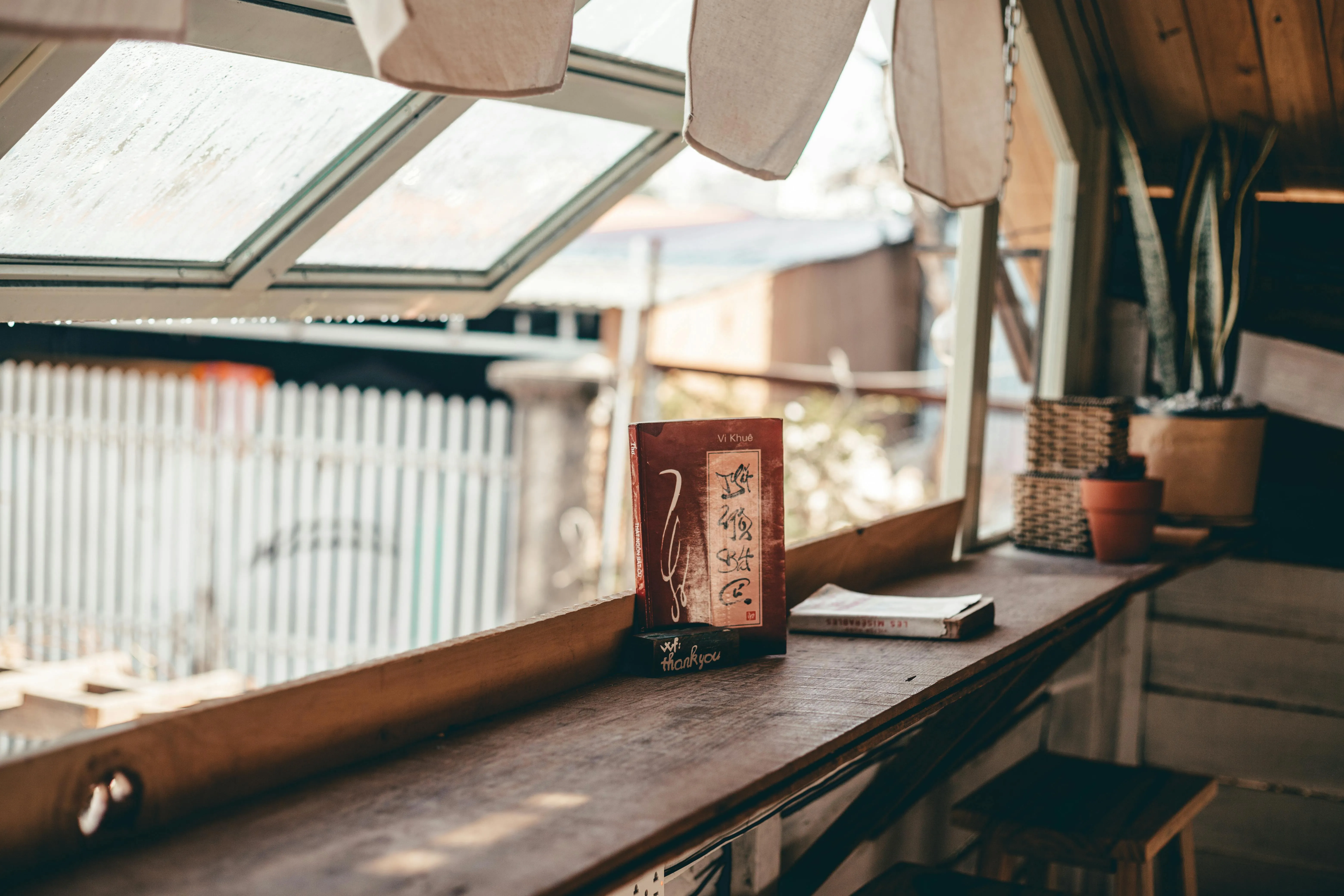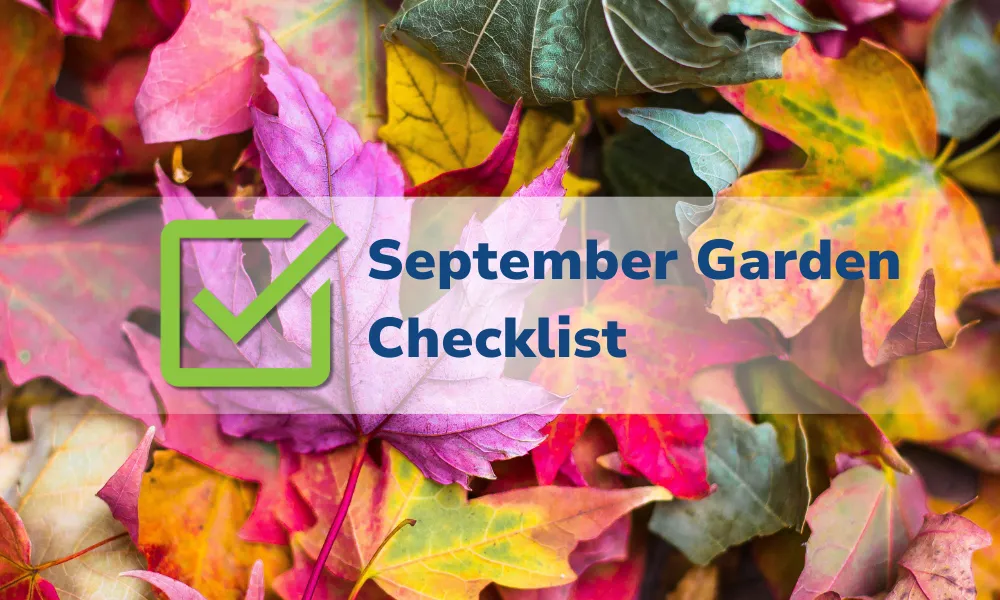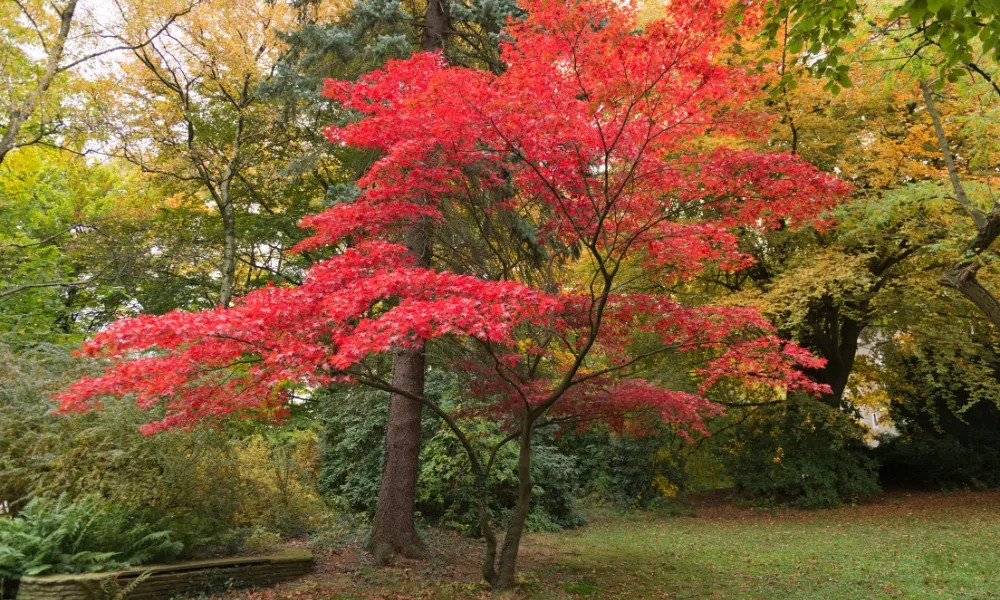
With all the building and clearing of vegetation that goes on these days our little feathered friends are finding it more difficult to find places to nest.
New housing designs have no places for swallows and swifts to build their nests and smaller garden spaces means less hedging for wrens and robins to find shelter.
This is why it's a great idea to put up nest boxes to give them a decent home to live in.
Birds are not only lovely to look at, they play a crucial role in pest control in the garden, minimising the need for pesticides and other more laborious way of getting rid of hungry critters (anyone who has stood out at midnight slug spotting knows what I'm talking about!)
So although your bird population may look quite healthy and feeding stations are brilliant it also is critical these days that we give them somewhere to raise the next generation.
Now is a great time to do this as most birds will be scouting out places to live for the coming breeding season.
First of all you will need to decide on a place to put the nest.
A tree, a wall or a garden fence can all work.
Northeast, Southeast should be used to keep the nest out of prevailing winds and direct, prolonged sunlight. Young chicks are vulnerable to heat and so you don't want the nest to get overly hot during the day.
Depending on the cat population, it should be places 3-5 metres off the ground. There is no need to go any higher than this and Robins tend to want to build lower down at any rate.
If you have a tree with a creeper growing up or plenty of branches for hiding this is ideal.
When placing the box on a tree try to use screws as these can be loosened each year with the growth of the tree to prevent the cracking of the box and damage to the tree.
Make sure that the flight path to the box is clear, so no branches obscuring the entrance.
Try not to place the nest too close to the feeding area as this will cause fights amongst them due to it being a high traffic area.
Different birds like different nests.
If there are specific birds you are trying to attract to your nest boxes be aware that they all have different nesting habits. So here is a quick guide.
Open boxes are favoured by Robins, Thrushes and wrens.
Hole entrance boxes attract Blue-tits, Coal-tits, House Sparrows and certain Finches depending on the size of the hole (28mm or 32mm)
Swifts tend to build in the eves of houses and so there's a specific half moon box that can be places high up against the wall of a house.
Owls have very large boxes and can only be placed in isolated areas so smaller gardens are a no go, but for larger properties, place the box around 15ft up and in an isolated spot on the edge of the property away from any busy roads or sources of light.
When putting up any boxes try to be sure to not overcrowd the area. If you are putting up more than one diversify by having an open faced one and a hole entrance one so as to attract different species. Generally 2 to 4 boxes per acre is plenty. Birds can be very territorial and so what you will find is regardless of the amount you put up only a certain number will be occupied.
Here at Kennedy's we have The Gardman Multi Nest Box which is a handy box that can be an open faced, 32mm or 28mm hole entranced just by unscrewing the plate at the front. It also has a removable floor which makes cleaning it after the breeding season a lot easier.
After you put your box up don't be disheartened if they don't use it this year. It can sometimes take them a year just to get used to it being there so patience is key, much like gardening!
Happy bird spotting!!








